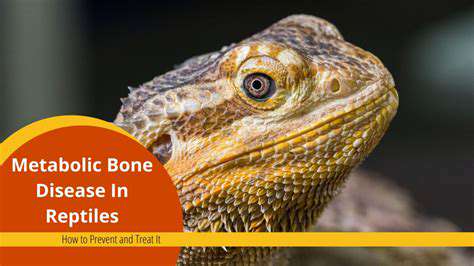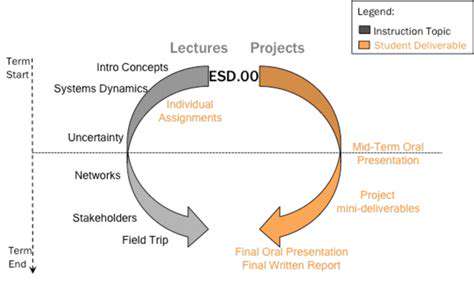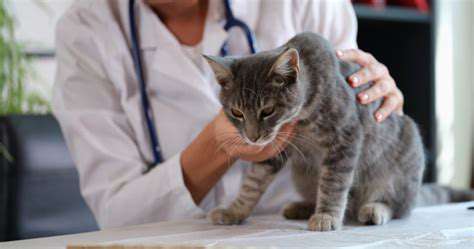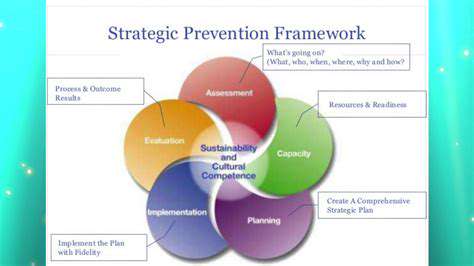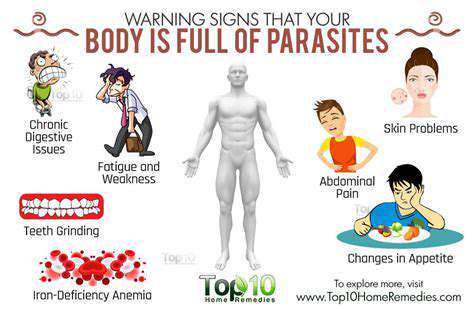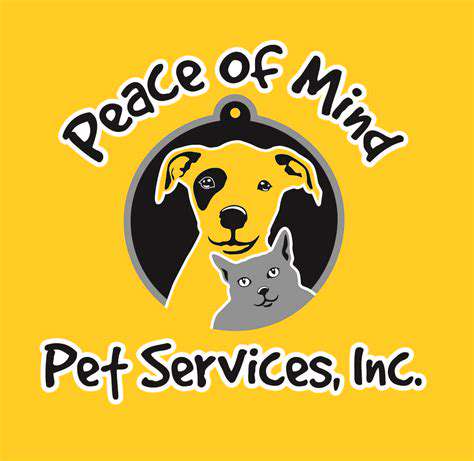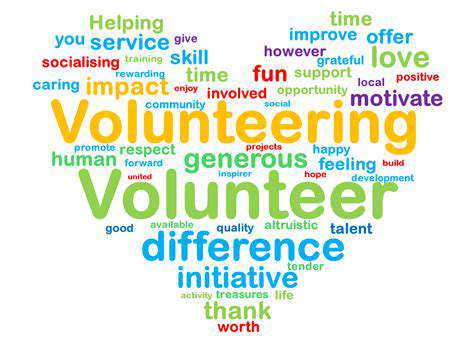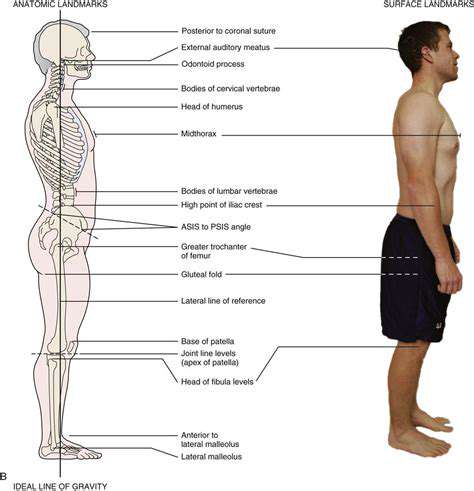How to Administer Pet First Aid for Choking
Document details like what the pet was doing before choking started, any objects they might have accessed, and the progression of symptoms. This information helps veterinarians determine the best treatment approach and predict potential complications.
Recognizing Species-Specific Responses
Feline reactions differ markedly from canine responses. Cats often become suddenly rigid with wide, panicked eyes when choking, while dogs may rub their faces along the ground. Small mammals like rabbits can't vomit at all, making any gagging motions particularly concerning. Bird owners should watch for unusual head bobbing or tail pumping when airways are blocked.
Brachycephalic (flat-faced) breeds like Pugs or Persians face higher risks due to their compressed airways. These pets may deteriorate faster and show less obvious initial symptoms. Owners of such breeds should maintain particular caution with food sizes and textures.
Understanding Object Hazards
The danger level depends on both what was swallowed and where it's lodged. Squishy items like bread dough continue expanding, while sharp objects like fishhooks can perforate the esophagus. String-like materials pose unique risks as they can saw through intestinal walls. When in doubt about an object's danger, err on the side of caution and seek professional evaluation.
Dangers of Improvised Solutions
Well-intentioned but misguided efforts often worsen emergencies. Never induce vomiting without veterinary guidance, as some objects can cause more damage coming back up. Avoid slapping the back forcefully, which might drive obstructions deeper. Home remedies like feeding bread to push down objects rarely help and frequently complicate matters.
Long-Term Monitoring Needs
Follow-up care extends beyond the immediate crisis. Schedule a recheck 24-48 hours post-incident to assess for secondary pneumonia from inhaled material or delayed swelling. Your vet might recommend soft foods for several days or prescribe anti-inflammatories. Discuss prevention strategies tailored to your pet's specific risks during this visit.
